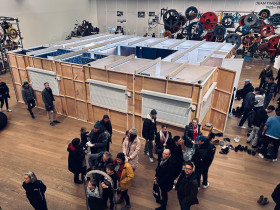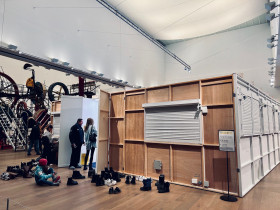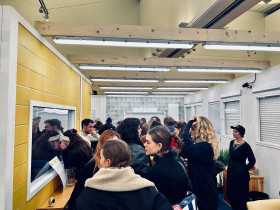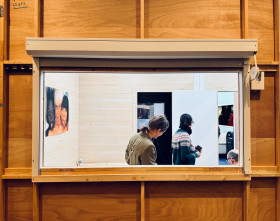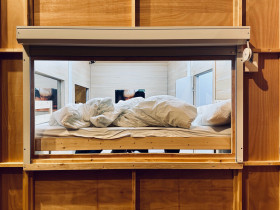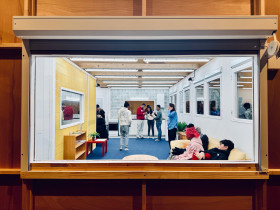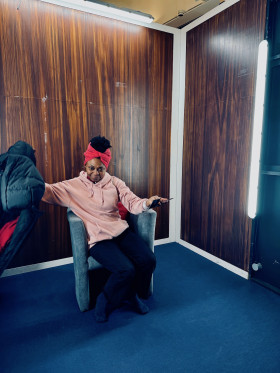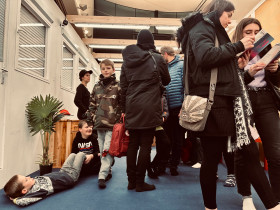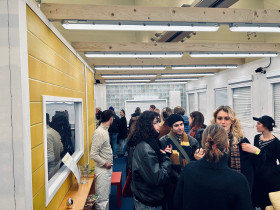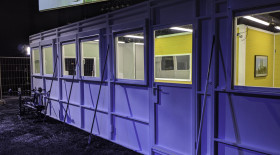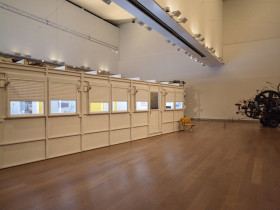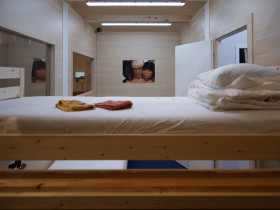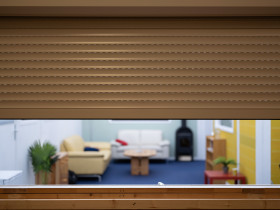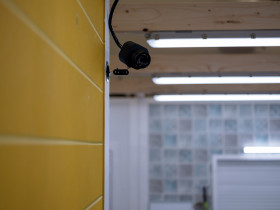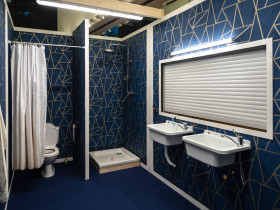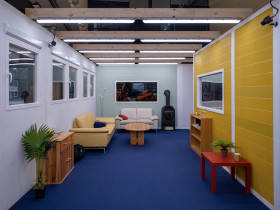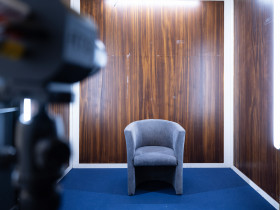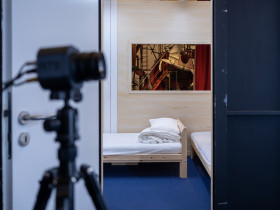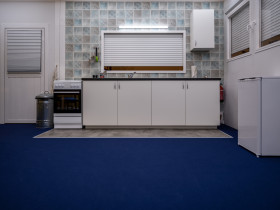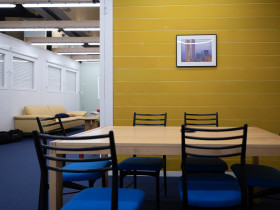
The Last Reality Show
';- Exhibition
- Museum Tinguely , Basel
- 2023
Events
-
-
6 December 2023
– 21 January 2024 -
- Tinguely Museum, Basel
- Exhibition
-
6 December 2023
-
- 5 December 2023
-
- Tinguely Museum, Basel
- Opening
It was a turning point. Making its debut in 1999, the Big Brother house was the first social media machine of the twenty-first century: a handful of unknown people with no particular skills move in for one hundred days, watched round the clock by the TV-viewing public as they go about their day-to-day business—brushing their teeth, playing cards, sleeping, showering, making small talk, eating, having sex. All of the inhabitants’ activities were filmed 24/7 and posted on the Internet. Their only link with the outside world was a video camera through which they shared their most intimate thoughts and feelings with the public every day. But the show was about more than putting private lives on show. It was also a contest during which viewers voted to remove participants from the house, one by one.
The show’s main protagonist was not one of the contestants, but the space in which they met: the house. It was a democratic utopia, a dystopia, and a work of conceptual art all in one: a self-surveillance set-up, a self-updating readymade, a reality machine. It also drove a paradigm shift: the fourth wall between private and public spheres was broken down once and for all from this moment on, we were all performer
To mark the twentieth anniversary of the first season of Big Brother, Boris Nikitin had a replica of the original house made. The dimensions have been tweaked, one room is missing, and the container is made not of metal but of wood painted white. The result is an imitation of a structure that was itself a simulacrum – a simulacrum that ushered in the age of digital visibility.
Now the house is empty, its residents have long since abandoned it. As a historical artifact, it stands in the room of the museum like a lonely relic.
- by
- Boris Nikitin
- Exhibition managment, conceptual collaboration
- Johannes Maas
- Light, engineering, conceptual collaboration
- Kerim El-Mokdad
- Programmation
- Nicolas Welti
- Set design Nuremberg
- David Hohmann
- Production management
- Annett Hardegen
Produced by
It’s The Real Thing Studios.
Funded by the
Fachausschuss Theater & Tanz der Kantone Basel-Stadt und Basel-Land.
Exhibition co-produced with
Museum Tinguely.
Parts of the container were originally part of the production "Season One. 20 Years of Big Brother" at the Nuremberg State Theater.
More material
-
- Interview with Boris Nikitin (Deutschlandradio Kultur, in German)
- To the podcast
-
- Review Radio SRF 2 (in German)
- To the podcast
